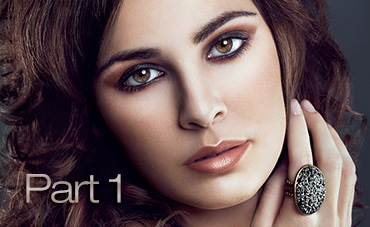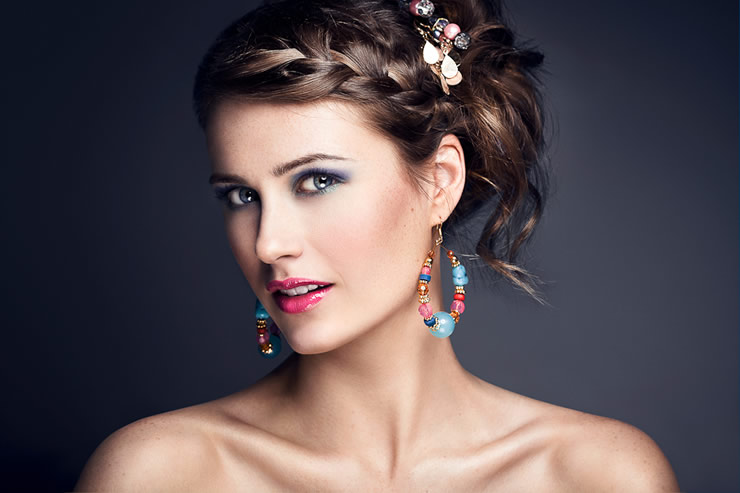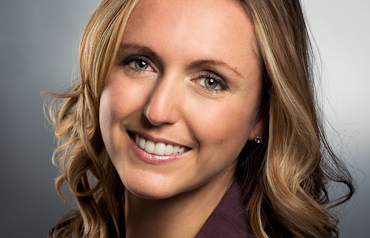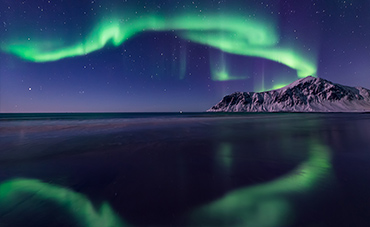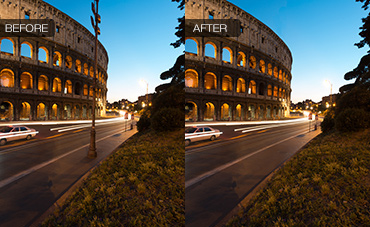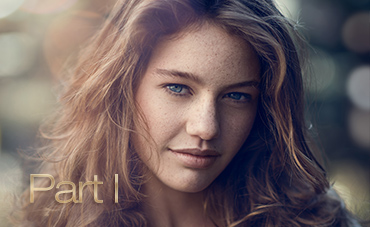What’s there not to love about taking beauty shots? You spend the day with a talented team of individuals and take photos of beautiful models. In this two part post we’ll be delving into the key elements of a beauty shoot, their costs, how to schedule your day, common lighting configurations and briefly discuss retouching. If you’re looking to add beauty photography to your portfolio, this should serve as a good guide to get you started. Part one will deal with the key elements, the costs and the schedule of your day, while part two will focus more on the lighting and post production side of things.
Let’s begin with the elements that are critical to a beauty shoot:
1. A Great Model
This is probably the most important part in the success of your shoot. If you have a model with great facial features (eyes, lips) that has experience and can deliver one great expression after another, you’re 50% of the way there. While it may be tempting to opt for a free model on a site like Model Meyhem, I’d advise against it. Approach some smaller modelling agencies and let them know that you’d like to test with one of their newer faces. If you have at least a decent portfolio of portraits or fashion shots already then you can often get a model either for free, or for around $50-$120 for half the day. Trust me, it’s worth the money given how much time and effort you’ll invest in the rest of the shoot.
2. An Experienced Make-up Artist
This is the second most important thing, and much like your model, don’t skimp and look for the first free one you can find. Make-up is a huge component of the end result and will save you hours of retouching time, so save up and hire someone that has experience with beauty make-up. The cost for half a day will range from $100 – $200, depending on their experience and location.
3. A Good Hairstylist
If your shoot involves sophisticated hair, get a dedicated hairstylist. Much like the make-up artist, great hair can really take your photos to another level. Prices are similar to what a make-up artist would charge. If your concept requires relatively simple hair styling, you can often find a make-up artist that can do the hair as well. Typically their rate will be slightly higher but will still cost less than hiring hair and make-up separately.
4. The Right Gear
As so many people say, it’s not the gear that makes a photo, it’s the photographer. While this is often true, in beauty photography the gear does matter to an extent. While you can shoot beauty with a fairly low budget SLR and decent quality glass, you will need to have the right light shapers and tools for the job. You’ll ideally need 2-4 lights with a variety of shapers which we’ll dive into in the next part of this article. As far as camera gear goes, I use my Nikon D800 + Nikon 70-200mm f2.8 VRII lens for all my beauty shots. The longer focal length creates a flattering compression to the face so opt for a lens that is at least 105mm+. If you’re shooting details like eyes or lips then a 105mm macro lens is also a great choice. A tripod is helpful if you want razor sharp images or if you’re shooting with a heavy lens like the 70-200 f2.8 (your back will thank you).
5. A Concept or Mood Board
Your make-up artist, no matter how experienced, will need to have a direction to go in. You’ll need to communicate your goal and concept for the shoot so be prepared with your color scheme and some sample images for them to go off of. Do you want glossy or matt make-up? What elements of the model’s face are you trying to accent? Is the make-up the focal point, is it the model, or is it a piece of jewellery?
6. An Assistant
Find a friend to help you with the shoot and you’ll have someone to bounce ideas off of and save yourself a lot of stress. When getting your lights fine tuned, you can use your assistant as a stand-in and also have them make minor adjustments as the shoot goes on. It also helps to have a second pair of eyes looking out for things throughout the day.
7. A Studio
You can shoot beauty shots in pretty much any enclosed space but a studio is obviously the default location. You don’t need any windows in the studio and a 12′ x 16′ space or greater is ideal. You could make do with a smaller studio but then your control of background lighting will become more challenging and more light will be bouncing around. If you’re working in a smaller space then be sure to have some black v-flats or flags to help control your light and reflections.
8. A Great Retoucher
Beauty photography is all about perfection so if you don’t believe in retouching then you should probably look towards another genre. It is as much about the retouch as it is the in-camera technique so a poor retouch will completely wipe out any effort you made during your shoot. A good retoucher will ensure that all your skin texture is maintained while making the model look absolutely flawless and magazine ready. If you’re already experienced with Photoshop then you can certainly retouch your own images, but if spending 4 hours obsessing over every detail and strand of hair isn’t your cup of tea, then you may want to have someone else do it. I highly recommend that you at least learn how to do it yourself so you can give better direction to a retoucher, but it’s not a requirement. If you’ve got a good portfolio you may be able to find a retoucher willing to do it on a time for print basis but generally, for non-commercial purposes you’ll be looking at anywhere from $80-$120 per photo, depending on the extent of the retouch. Typically you’ll get a discount for multiple photos and it’s best to look for retouchers in Eastern Europe where rates are lower but quality of work is still exceptional.
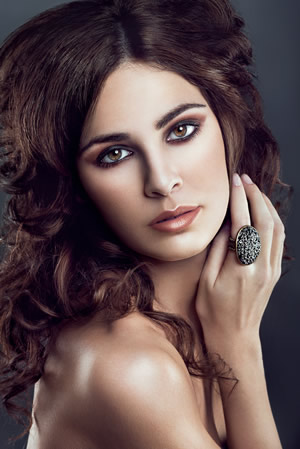 Now that we have all the elements in place, let’s talk schedule. If you’re shooting beauty to build your portfolio, I would recommend scheduling two models and plan for a 6 hour day. If you plan things well in advance, you can get two models photographed and still only pay for a half day for hair and make-up. A shoot with two models would break down like this:
Now that we have all the elements in place, let’s talk schedule. If you’re shooting beauty to build your portfolio, I would recommend scheduling two models and plan for a 6 hour day. If you plan things well in advance, you can get two models photographed and still only pay for a half day for hair and make-up. A shoot with two models would break down like this:
- 9:00am, arrive at studio, get gear unloaded
- 9:30am, first model and hair stylist arrive, start hair, get gear set up
- 10:00am, hair is done, make-up artist arrives
- 10:45am, make-up is done, start shooting
- 12:15pm, finished shooting, take a lunch
- 12:45pm, next model arrives, begin hair, set up lights for next shoot
- 1:15pm, hair-stylist is done, hair can leave, make-up begins
- 2:00pm, make-up is done, start shooting, make-up artist can leave
- 3:30pm, that’s a wrap
While it’s ideal if the make-up artist and hair stylist can stay throughout the second shoot for touch-ups, if the budget is tight you can make do without. You’ll notice that 1.5 hours has been budgeted for shooting each model. While this may not seem like much time, it’s actually enough to shoot 3 different lighting set-ups if working with an experienced model so don’t over budget time for this. The model won’t be able to give you her best for hours on end, so have your lighting relatively well dialed in and be ready to shoot when make-up is done.
So that concludes the first part of our beauty photography discussion. With the plan and logistics in place, we’re ready to move to shooting and editing which will be the focus of the next post.

